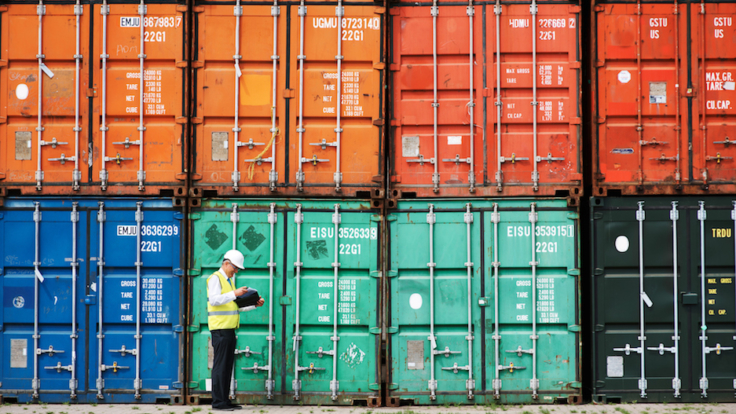India’s Tariffs Could Dent Gains From California’s Bumper Almond Crop
California almond growers have reason to worry about access to one of their biggest export markets. The Indian government increased tariffs on U.S. shelled almonds by 20 percent and non-shelled almonds by 17 percent in June. The increased cost is forecasted to cause a five percent drop in U.S. almond exports to India, impacting the 6,800 almond growers in California, who are mostly small to medium-size, family-run enterprises.











